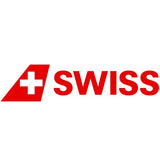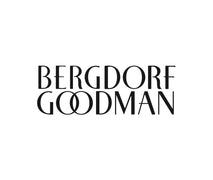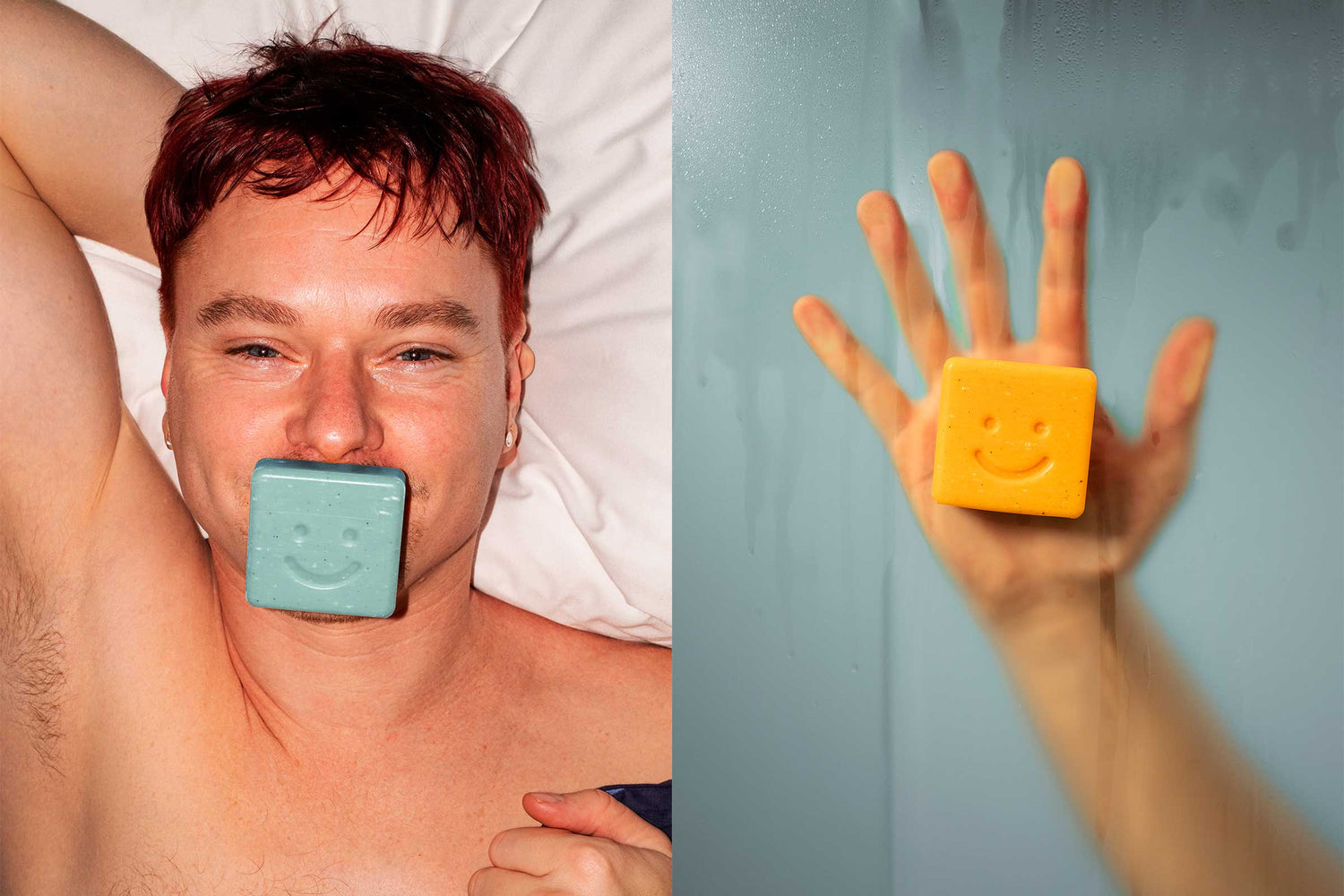
JULIAN ZIGERLI X SOEDER
Mit Julian Zigerli haben wir schon einmal zusammengearbeitet: Vielleicht erinnert ihr euch daran, wie wir 2018 ein ganz besonderes Gleitgel ausheckten. Wir freuen uns sehr, jetzt mit unserer Soeder x...
Soeder steht für hochwertige Schweizer Naturpflege aus eigener Herstellung. Wir setzen uns mit grösster Transparenz dafür ein, die Welt der natürlichen Pflegeprodukte zu verbessern. Deshalb verwenden wir für unsere Produkte nur die hochwertigsten Zutaten – alle sind zu 100% natürlichen Ursprungs. Unsere Flaschen lassen sich zudem wieder auffüllen, um unseren Einfluss auf die Umwelt möglichst gering zu halten.
True Swiss
Im Mittelpunkt all unserer Bemühungen steht das Bekenntnis zu höchsten Schweizer Standards in Sachen Qualität und Design: Unsere Produkte sind am Puls der Zeit und doch zeitlos. Die gesamte Produktion liegt in unseren Händen und erfolgt in unserer eigenen Fabrik in Zürich: So behalten wir stets die Kontrolle über Lieferketten, Herstellungsprozesse, Emissionen und Inhaltsstoffe.
True Natural
Wir handeln vollständig transparent und schaffen Produkte, die den menschlichen Körper und den Planeten gleichermassen im Blick haben. Wir wählen die Lieferant:innen und die Produzent:innen, mit denen wir zusammenarbeiten, sorgfältig aus. Alle Inhaltsstoffe sind zu 100 Prozent natürlichen Ursprungs. Wir benötigen für unsere Produkte keine synthetischen Zusatzstoffe – in ihnen stecken stattdessen reinste Zutaten wie Schweizer Honig, Weizenproteine und kaltgepresste Bio-Öle.
True Circular
Unser Refill-Netzwerk ist ein echtes Kreislaufmodell und besteht aus über 130 Refill Stations. Unsere Glasflaschen sind für eine entsprechend lange Nutzungsdauer ausgelegt. Wir stellen zudem Flaschen aus lokalem recyceltem Plastik (PCR) her, um einen geringen CO2-Fussabdruck sicherzustellen. Wenn deine Soeder-Flasche leer ist, kannst du sie so oft nachfüllen, wie du möchtest – das ist wahre Nachhaltigkeit!
True Performance
Unsere Naturpflege ist nicht nur für die Haut von Bedeutung. Diese ist unser grösstes Organ und somit eine wichtige Verbindung zu unserem inneren Wohlbefinden. Weil deine Gesundheit uns am Herzen liegt, setzen wir auf eine Vielzahl effektiver und sicherer Inhaltsstoffe. Damit schaffen wir einen neuen Hautpflege-Standard, der dir dabei hilft, dir selbst Gutes zu tun, während du gleichzeitig zum Wohlbefinden unseres Planeten beiträgst.


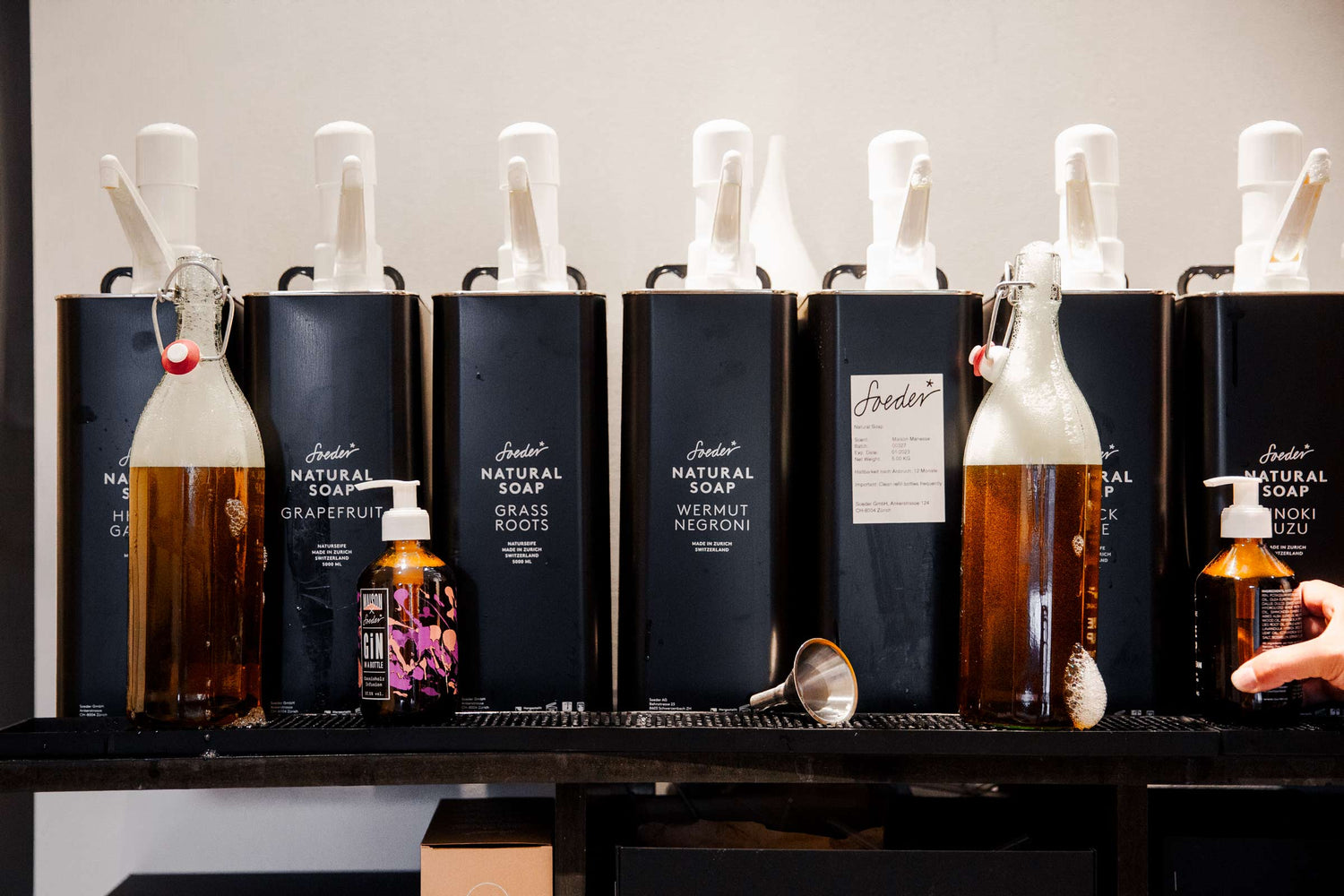
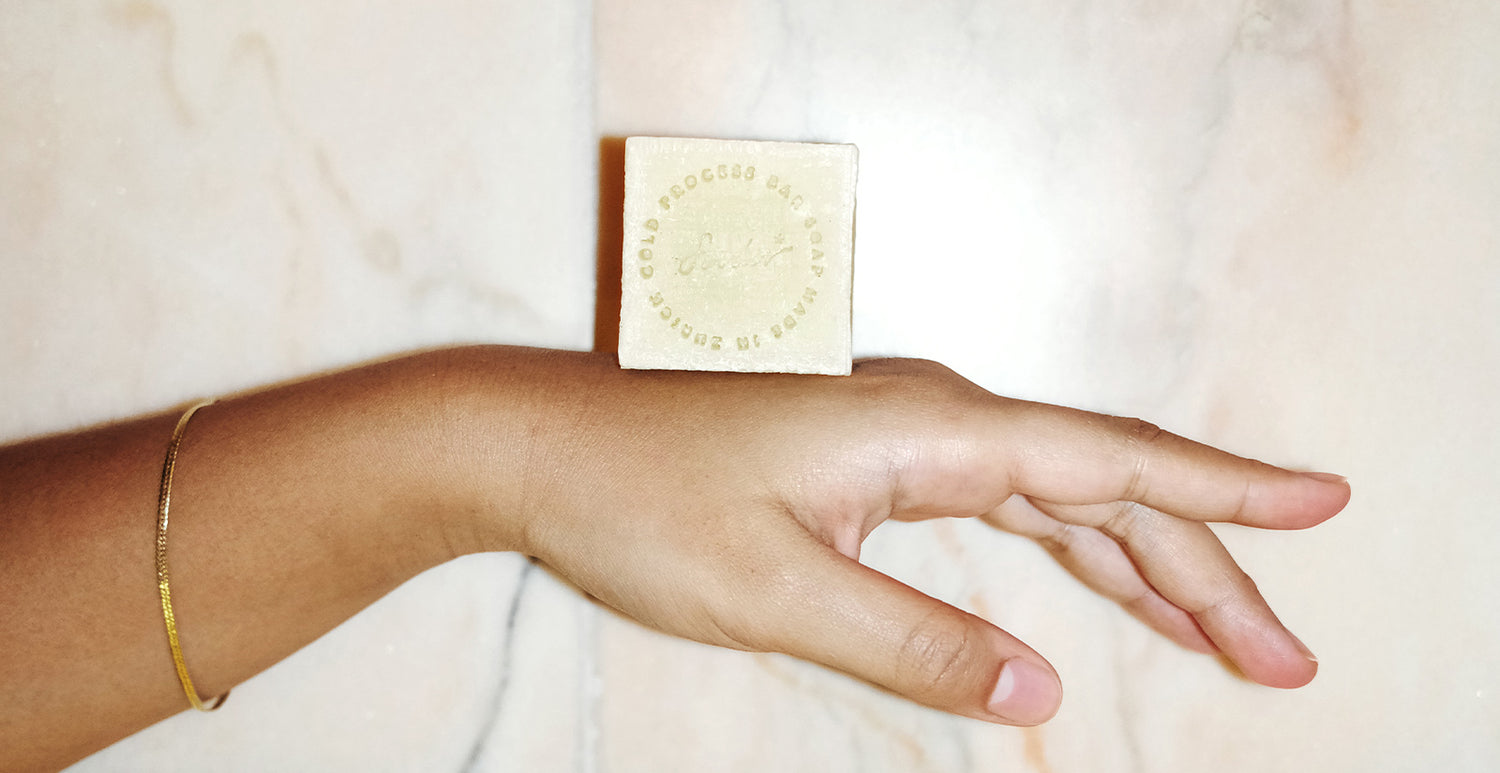
GQOur new favourite liquid soap
ElleThe bottle itself is a work of art to be found at home
CosmopolitanA good product is one you want to keep for a long time: Made in the Soeder soap factory in Switzerland, everything in this soap is guaranteed organic
Harper’s BazaarA unique piece of home décor
MonocleMulti-talented Hanna Olzon Åkerström.

Hallo zusammen! Wir sind Hanna und Johan und einige Gleichgesinnte. Wir gründeten Soeder 2013 in Zürich. Anfangs verkauften wir Waren des täglichen Bedarfs. Nach einigen Umwegen legten wir 2015 schließlich den Grundstein für das, was wir heute tun und stellten unsere erste Seife her. Wir besassen keinen ausgeklügelten Geschäftsplan dafür. Vielmehr waren wir selber auf der Suche nach so einem Produkt und fanden keines, das uns zufrieden stellte. Dabei folgten wir einfach unseren Instinkten.
